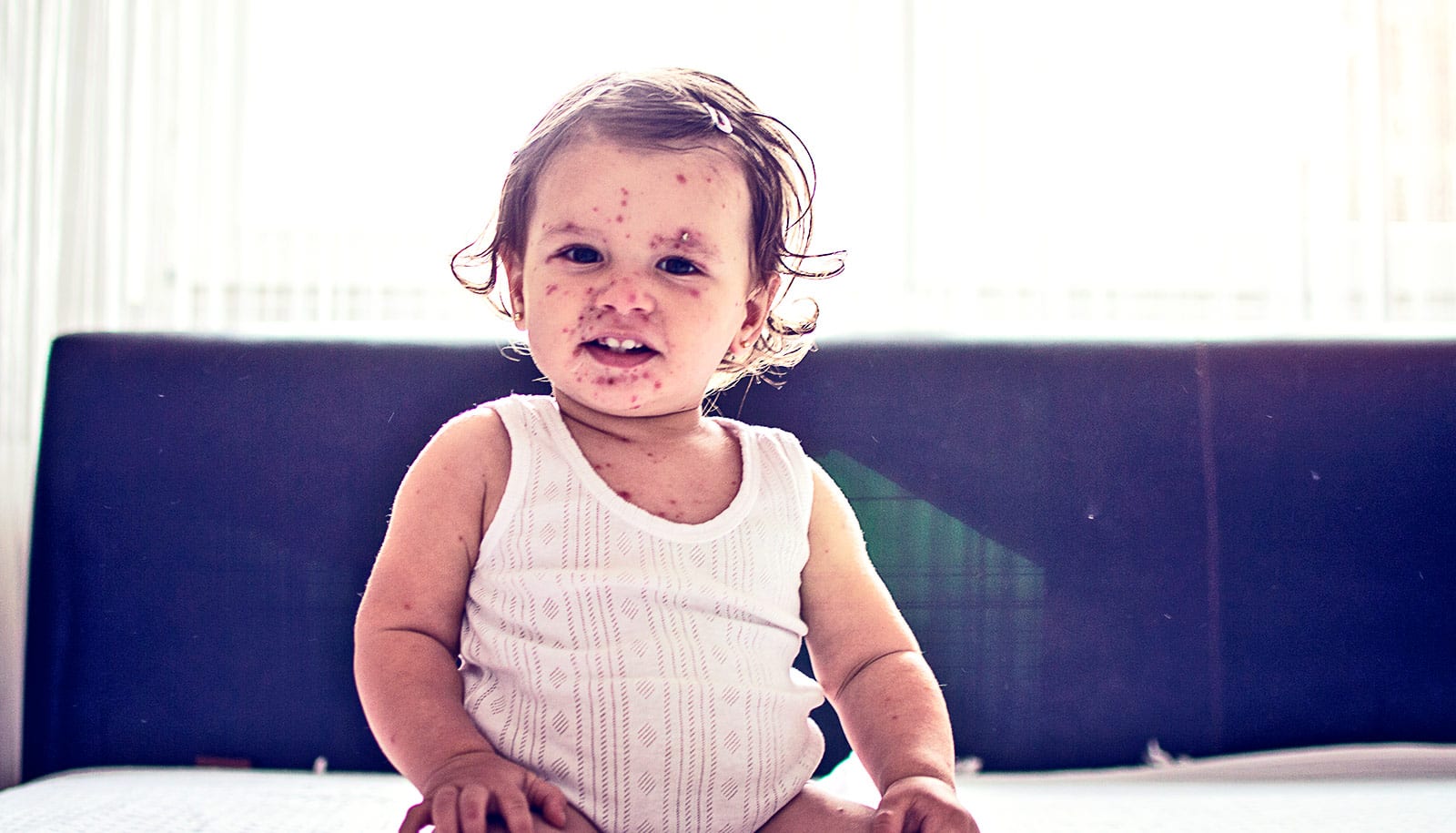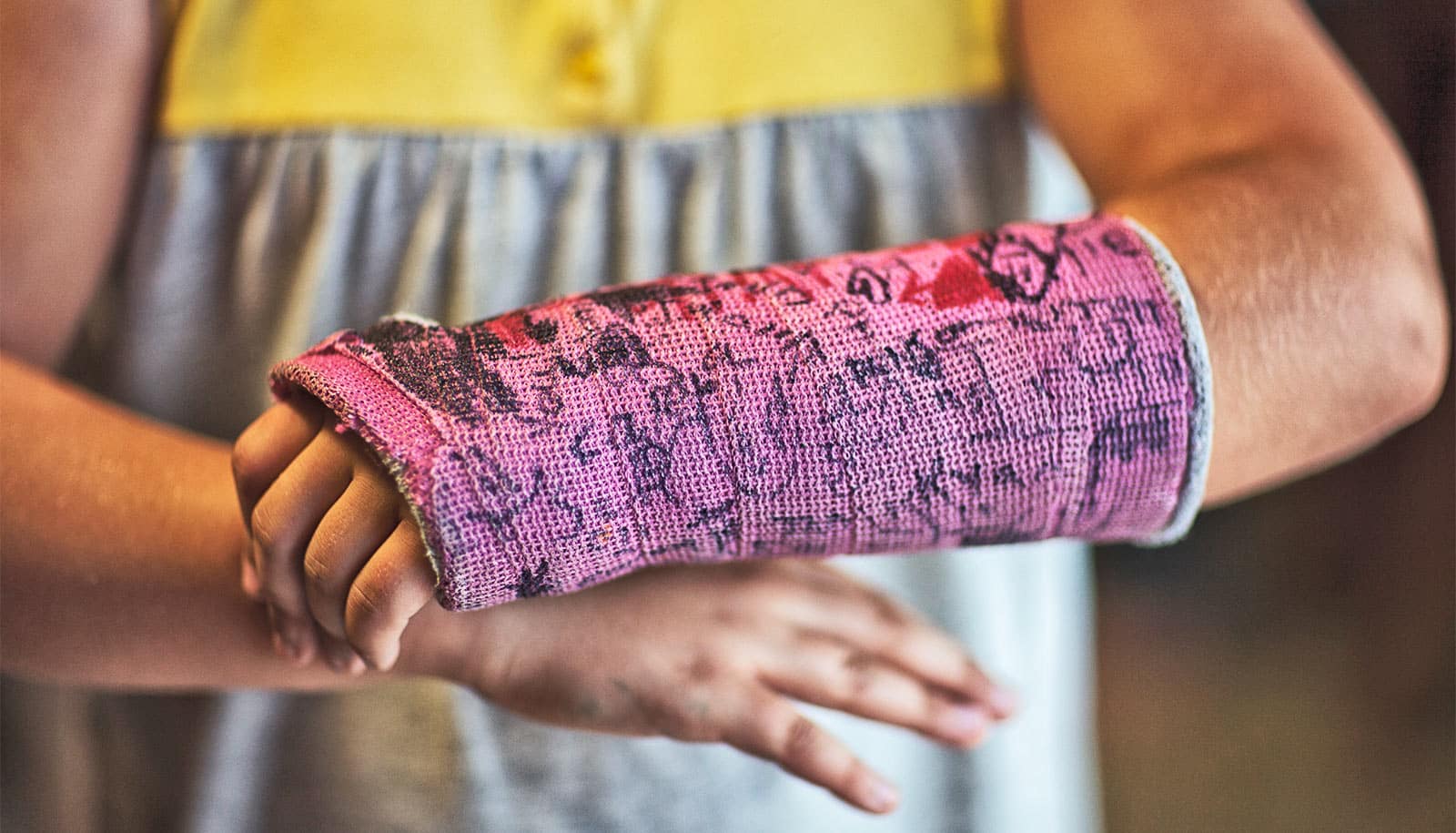The discovery of distinct differences in facial characteristics of children with autism compared to typically developing children may help pinpoint the origins of autism.
“There is no clear answer about whether autism is caused by genetics or by environmental influences,” says Kristina Aldridge, lead author and assistant professor of anatomy at the University of Missouri.

A camera system simultaneously captured four images to create a 3-D model of each child’s head. (Credit: University of Missouri)
“If we can identify when these facial changes occur, we could pinpoint when autism may begin to develop in a child. Knowing that point in time could lead us to identify a genetic cause, a window of time when the embryo may be susceptible to an environmental factor, or both.”
Aldridge and colleagues found the following distinct differences between facial characteristics of children with autism and those of typically developing children:
Children with autism have:
- Broader upper face, including wider eyes.
- Shorter middle region of the face, including the cheeks and nose.
- Broader or wider mouth and philtrum—the divot below the nose, above the top lip.
She says these are subtle differences that will enable researchers to further study people with autism spectrum disorders. The findings are detailed in the journal Molecular Autism.
Aldridge analyzed 64 boys with autism and 41 typically developing boys aged eight to 12 years old, using a camera system that captures a 3-D image of each child’s head. Then, she mapped 17 points on the face, such as the corner of the eye and the divot in the upper lip.
When Aldridge calculated the overall geometry of the face using these points, and compared children with autism and typically developing children, she found statistically significant differences in face shape.
Understanding that people with autism have statistically different facial characteristics enables researchers to focus on the underlying causes of autism, Aldridge says.
Additionally, the study identified two groups of children with autism who show further distinct facial traits that occur in children with specific characteristics of autism, such as behavior problems, language level, and repetitive behaviors. Identifying these subgroups within the group of children with autism allows better study of these children and why autism is so variable.
The research was supported by an Autism Spectrum Disorder Research Program grant, the Simons Foundation, and the Thompson Center Research Scholar Funds.
More news from the University of Missouri: http://munews.missouri.edu



